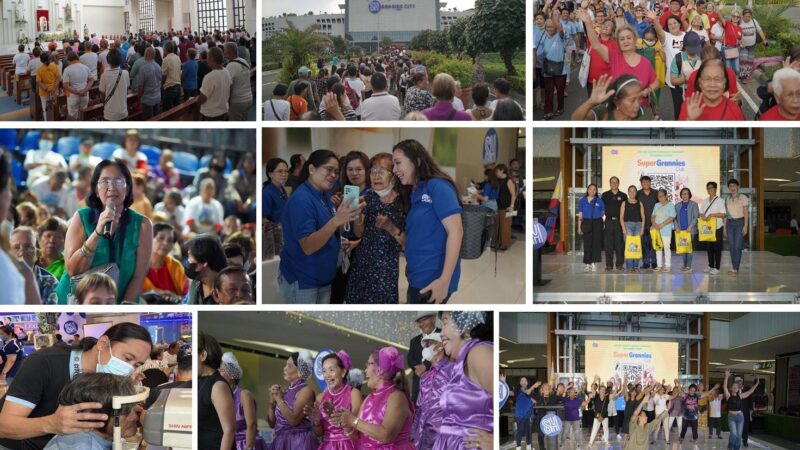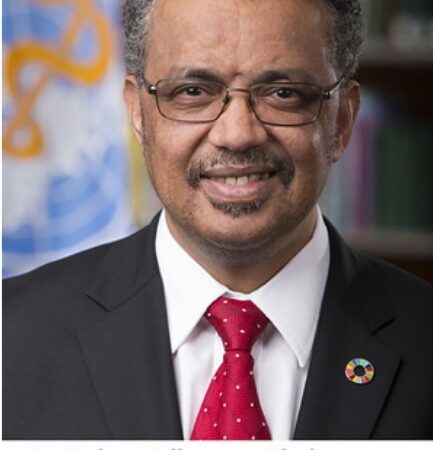Mayor to request for Level 2 status for Baguio

Mayor Benjamin Magalong will request the Inter-Agency Task Force on Emerging Infectious Diseases to lower the city’s coronavirus disease (COVID-19) alert level status to level 2 in view of the improving situation.
The mayor said the city’s case reproduction number had been on a steep downtrend after peaking last January 3.
“Our case reproduction number (Rt) went above 1.0 starting Dec. 23 and we were able to lower it back below 1.0 on Jan 21 or after 29 days. (For Delta it took us 1 month and 2 days). Today is our 12th day with an Rt below 1.0. I am confident it will go down further,” the mayor said.
“From a high of 693 cases a day (7 day moving average), we are now down to 141. This is based on onset of symptoms. Looking at the trend, it will continue to go downhill,” he added.
He said that all other analytical graphs and data (ADAR, weekly growth rate, 2-week infection growth rate, positivity rate, vaccination rate, HCUR, occupancy rate in LGU-managed Isolation and Quarantine facilities) reinforce the city’s assessment that cases are going down.
The analytics are being done in collaboration with the University of the Philippines Baguio.
“Omicron is undoubtedly the dominant variant but we still have Delta based on the PGC data released in December. This probably accounts for some of the fatalities this month,” the mayor said.
City Health Officer Dr. Rowena Galpo in her report to the Management Committee on Feb. 2 said the city’s epidemic risk level has gone down to moderate risk based on the average daily attack rate and the two-week growth rate as of Feb. 1.
The daily case average dropped to 334 during week Jan. 23-29 from 637 during Jan. 16-22 during recoveries while the daily recovery average increased to 560 from 419. Death average slightly decreased from 23 to 19.
The case positivity rate also decreased to 36.15 percent from the previous week’s 45.7 percent. The highest positivity rate reached by the city during this peak was at 48 percent from Jan. 9-15.
The weekly infection growth rate is now 0.71 percent or less than 1 which means that transmission has started to decrease. This went as high as 7.71 on Jan. 2-8 and 6.9 on Jan. 9-15.
The average daily attack rate (ADAR) plunged to 74/100,000 population from 98.1/100,000 and the two-week growth rate decreased to -29 percent from 187 percent.
The daily average test was 417 in the past two weeks.
Hospital care utilization rate went down to 63.72 percent from 68.7 percent while isolation facility bed occupancy further decreased to 30.14 percent from 69.95 percent. – Aileen P. Refuerzo



